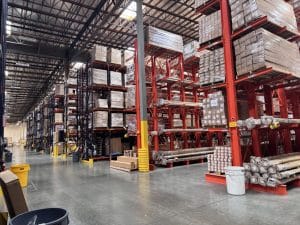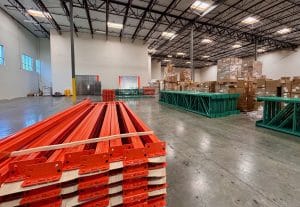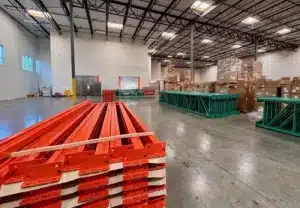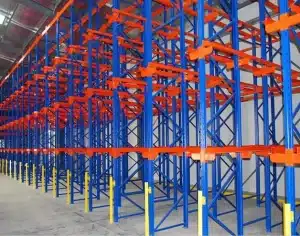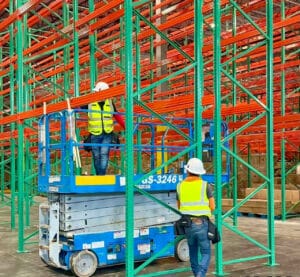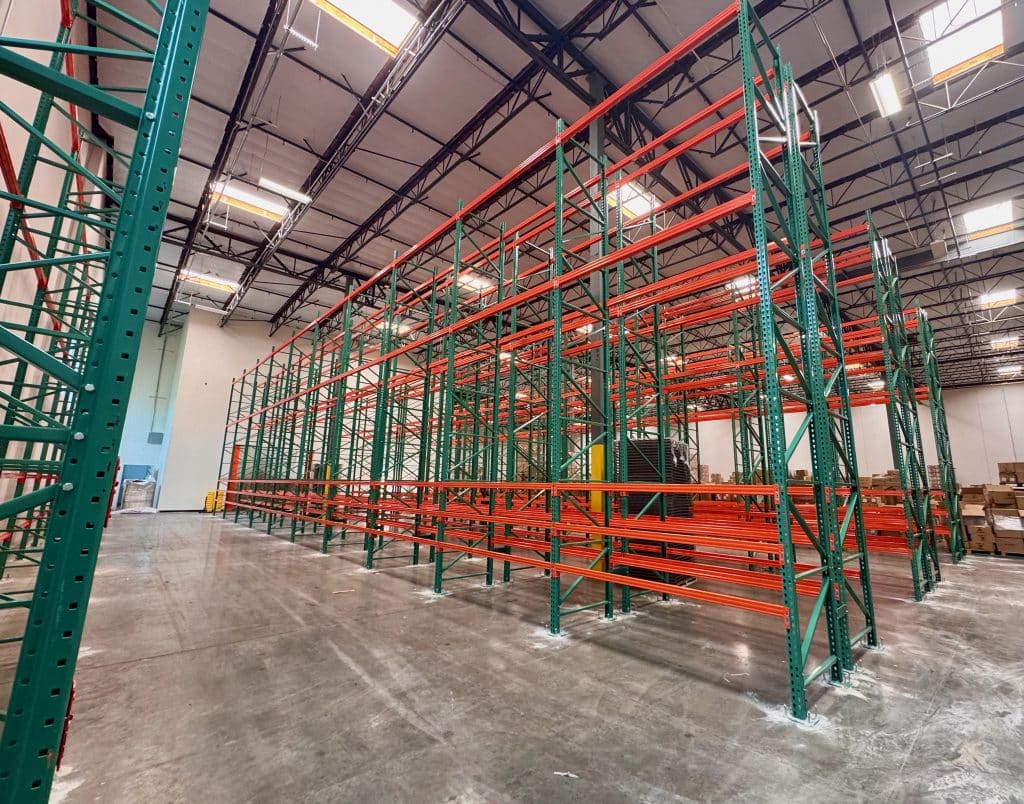Are Pallet Racks Required to Be Anchored?
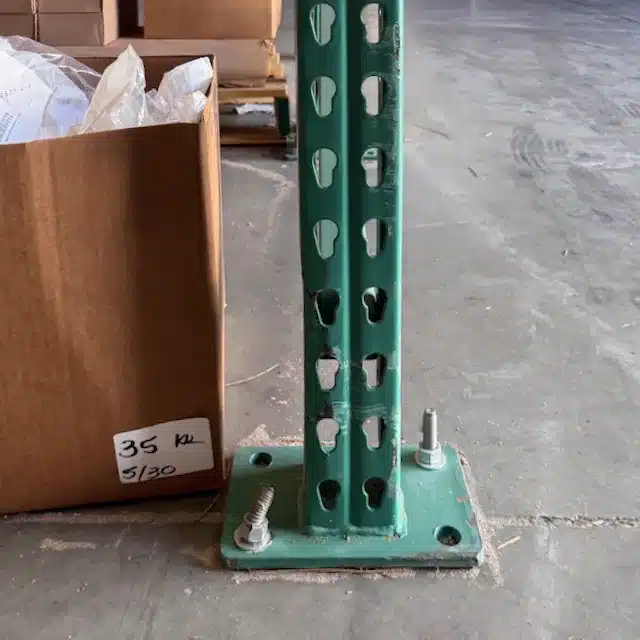
Short answer: Yes.
Long answer: Absolutely, unless you enjoy surprise forklift collapses, code violations, and fire marshal visits.
Bolting pallet racks to the floor isn’t just a “nice-to-have” it’s an essential safety standard backed by building codes, engineering principles, and good common sense.
Let’s break down why bolting is required, what happens when it’s ignored, and how to do it the right way.
Why Pallet Racks Must Be Bolted Down
1. Safety During Normal Use
Pallet racks are tall, narrow structures loaded with thousands of pounds of inventory. Even minor forklift bumps or uneven loading can cause tipping if racks aren’t anchored.
Bolting keeps the entire system stable even when:
Seismic movement occurs (more on that below)
A forklift taps a leg
Pallets are loaded unevenly
2. Code Compliance (Yes, It’s Legally Required)
National and local codes such as IBC (International Building Code) and RMI (Rack Manufacturers Institute) standards require pallet racks to be anchored.
If you skip this step, you risk:
- Failed inspections
- Permit denials
- Legal liability in the event of injury or collapse
👉 Learn more about our rack permitting services
3. Earthquake Safety in Seismic Zones
California, New Jersey, and other seismic regions have strict anchoring requirements. Bolting alone often isn’t enough you may also need:
- Seismic baseplates
- Anchor size/type validation
- Concrete pull tests
- Special X-bracing or rack reinforcement
If your provider doesn’t mention this, they’re either inexperienced or hoping you won’t ask.
What Happens If You Don’t Anchor Your Racks?
Let’s keep it real: we’ve walked into warehouses where pallet racks were just… sitting there. No anchors. No spacers. No permits.
It might seem “fine” day-to-day until:
- A forklift bumps the rack and causes a full collapse
- Your insurance rejects a claim due to non-compliance
- A fire marshal halts operations during a surprise inspection
- A warehouse worker gets injured (or worse)
💡 Pro Tip: Anchoring isn’t the same as simply bolting it down with any screw. The size, embedment depth, spacing, and concrete quality all matter.
Are There Any Exceptions?
Some mobile racking systems (rare in the U.S.) are designed to move and are installed on special guided tracks. But for standard selective pallet racking, there are no exceptions they must be anchored.
If your racks aren’t bolted, they’re out of compliance and potentially dangerous.
✅ Need a Racking Safety Check or Layout Redesign?
We don’t just install pallet racks we help businesses design smarter warehouses from the ground up. From anchoring and seismic calculations to permitting and turnkey installs, we make sure your system is safe, efficient, and compliant.


